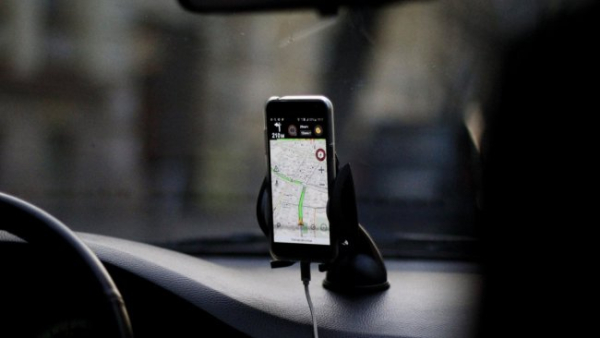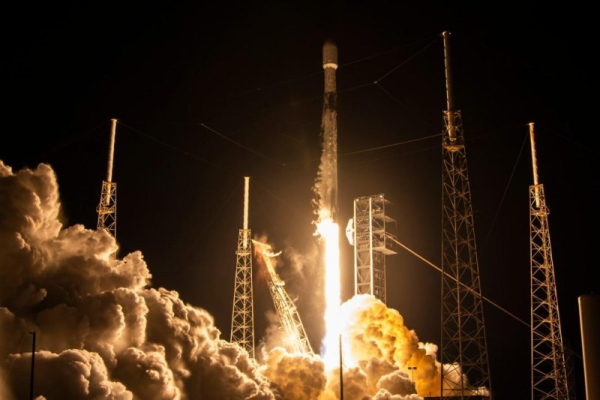
Researchers from the University of Surrey have developed a revolutionary navigation system that uses artificial intelligence and computer vision to accurately determine locations without GPS. The new technology, called Pose-Enhanced Geo-Localization (PEnG), demonstrates accuracy 40 times higher than traditional satellite systems.
During testing, the system was able to reduce navigation error from 734 meters to just 22 meters using only data from a standard camera. This achievement opens new possibilities for autonomous vehicles and navigation systems in conditions where GPS signals are unavailable or unreliable.
Many modern navigation systems rely critically on GPS, but its coverage isn't always guaranteed. Our goal was to create a solution that works reliably using only visual information, explains Tav Shor, a PhD student in artificial intelligence and computer vision.
PEnG uses a two-step process: first, the system analyzes satellite imagery and street views to determine an approximate location, and then refines the position using relative pose estimation—a method that calculates the camera's orientation in space.
The technology is particularly useful for navigation in urban canyons, tunnels, underground parking lots, and other areas with limited satellite signal access. The system can operate with a simple monocular camera, making it a practical solution for mass use.
Dr. Simon Hadfield, Associate Professor of Robotic Vision, emphasizes: “PEnG transforms a conventional camera into a powerful navigation tool capable of operating where GPS fails. This flexibility is essential for the next generation of autonomous systems.”
The team is currently focused on creating a working prototype of the system. If testing is successful, the technology will be launched into mass production as early as 2027.





